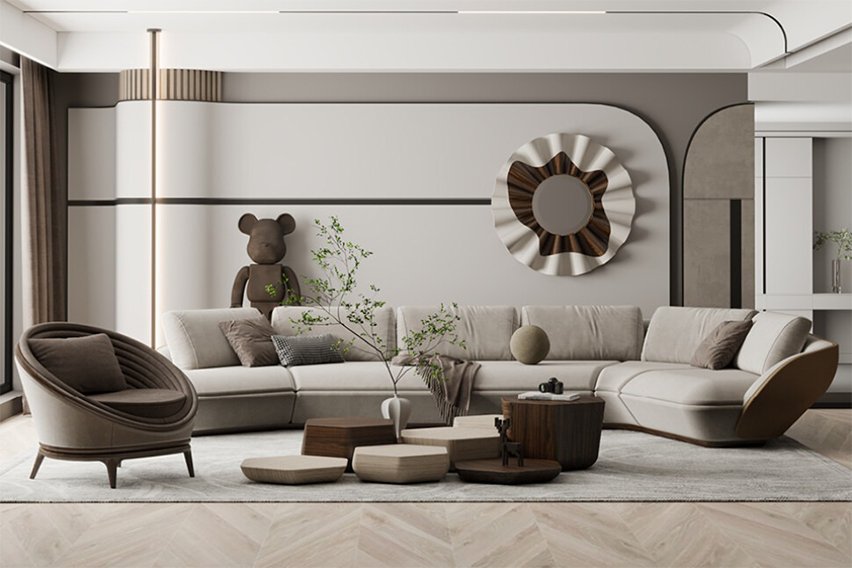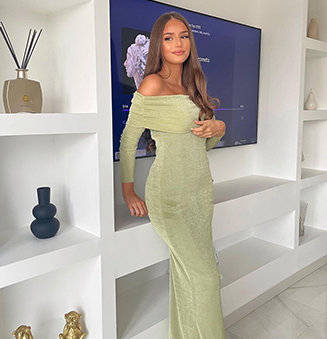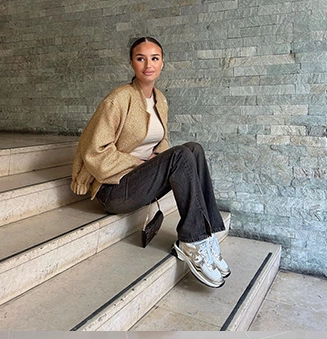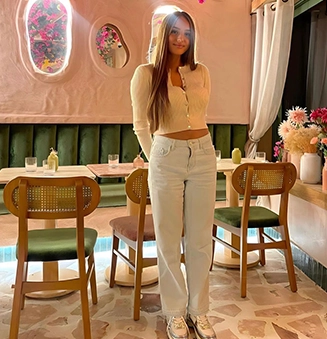
In a world that often seems to celebrate excess and accumulation, the philosophy of minimalism stands out as a refreshing approach to life. The use of minimalism in home design goes beyond a mere aesthetic choice; It represents a conscious decision to simplify our living spaces, focus on what matters, and create an environment that promotes clarity, calm, and purpose. In this blog, we explore the power of simplicity in home design and look at practical ways to leverage minimalism for a more meaningful and functional living space.
Minimalism is not just a design trend; It’s a lifestyle choice that’s about consciously striving for simplicity. At its core, minimalism encourages us to declutter our physical and mental spaces and eliminate excess to make room for what truly adds value to our lives. In home design, minimalism manifests itself as a conscious decision to focus on essential elements, forgoing unnecessary embellishments and favoring clean lines, open spaces and a sense of calm.

The foundation of minimalism is decluttering and simplifying our living spaces. Start by critically assessing every room in your home. Identify items that are no longer functional or bring you joy and consider getting rid of them. Minimalism does not mean getting rid of everything, but rather keeping only what adds value to life. Simplify your decor, limit frills and create a more open and breathable space.
A minimalist approach to home design prioritizes quality over quantity. Instead of filling your space with an abundance of items, focus on choosing quality, well-crafted pieces that serve a purpose. Invest in furniture, decor, and accessories that suit your aesthetic preferences and are designed to last. The durability of these items not only reduces waste, but also contributes to a more sustainable and conscious living environment.
A minimalist color palette is often characterized by neutral tones such as white, gray and muted earth tones. These colors create a calm and serene atmosphere and allow the focus to be drawn to the shapes and textures in the room. Consider using a neutral color scheme for your walls, furniture, and larger decor items. Not only does this add to the minimalist aesthetic, but it also provides a timeless and versatile backdrop for your home.

Choose furniture that is not only aesthetically pleasing but also serves a functional purpose. Opt for pieces with clean lines and simple designs that help create a clutter-free look. Multifunctional furniture such as storage stools or modular shelves can be particularly valuable in a minimalist home, providing practical solutions without compromising on style.
In minimalism, the concept of negative space is embraced as a powerful design element. Allow empty spaces to exist intentionally, giving the eye room to rest and enjoy the simplicity of the surroundings. Avoid cluttering the walls with artwork or filling every corner with furniture. Let negative space play a role in shaping the overall aesthetic of the room, creating a harmonious balance between presence and absence.
When it comes to decorating, make your decisions consciously and mindfully. Select a few meaningful pieces that have sentimental value or match your aesthetic preferences. Consider the influence of each decorative item on the overall visual harmony of the room. Minimalist decor can include carefully selected pieces of art, a statement plant, or a carefully arranged collection of books. Each piece should contribute to the overall atmosphere without overwhelming the senses.
In our modern lives, technology is an essential part of our homes. With a minimalist approach, consider streamlining your technology. Hide wires and cables, choose elegant and minimalist technology devices and limit the number of electronic devices in your living spaces. Create dedicated spaces for technology and ensure that it fits seamlessly into the overall design and does not become the focal point.
Bringing nature into the home is a hallmark of minimalist design. Incorporate natural elements like plants, wooden furniture, or stone accents to create a connection with nature. These elements not only improve visual appeal, but also contribute to a feeling of calm and balance. A potted plant or wooden coffee table can serve as beautiful and functional focal points in a minimalist space.
In a minimalist home, every item has a purpose and a place. Arrange furniture and decor carefully, focusing on creating a sense of balance and harmony. Avoid crowding shelves or surfaces with too many items. Instead, showcase a curated selection of meaningful possessions. Personalize your space with items that bring joy or have sentimental value, ensuring each piece contributes to the overall aesthetic and practicality of the room.

Lighting plays a crucial role in setting the mood of a minimalist home. Choose lighting fixtures that complement the overall design and contribute to a warm and inviting atmosphere. Consider incorporating natural light through strategically placed windows or the use of sheer curtains. Soft, diffused lighting can create a cozy atmosphere, while adjustable lights allow you to adjust the lighting depending on your activity and mood.
Maintaining a minimalist home requires ongoing effort and a commitment to routine maintenance. Regularly assess your living spaces and edit your belongings as needed. As you acquire new items or evolve in your taste, be prepared to let go of things that no longer fit your minimalist vision. This ongoing editing process ensures that your home remains a reflection of your values and maintains a sense of simplicity.
At its core, minimalism is about promoting a sense of mindfulness and well-being in our living spaces. By consciously curating our surroundings, we create an environment that promotes mental clarity and reduces the distractions of a chaotic world. Minimalism in home design is not just an aesthetic choice; It is a lifestyle that emphasizes what matters and allows us to focus on experiences, relationships and a life well lived.
Adopting minimalism in home design is a powerful decision to simplify and declutter our living spaces and create an environment that promotes clarity, calm and purpose. By focusing on quality over quantity, neutral color palettes, and functional furniture, a minimalist home becomes an oasis of simplicity and purpose. Through conscious décor choices, incorporation of natural elements, and an ongoing commitment to routine maintenance, we can create living spaces that not only look aesthetically pleasing, but also contribute to our overall well-being. At its core, minimalism is a journey toward living a more meaningful and purposeful life, with our homes serving as a reflection of this conscious choice for simplicity and clarity.





